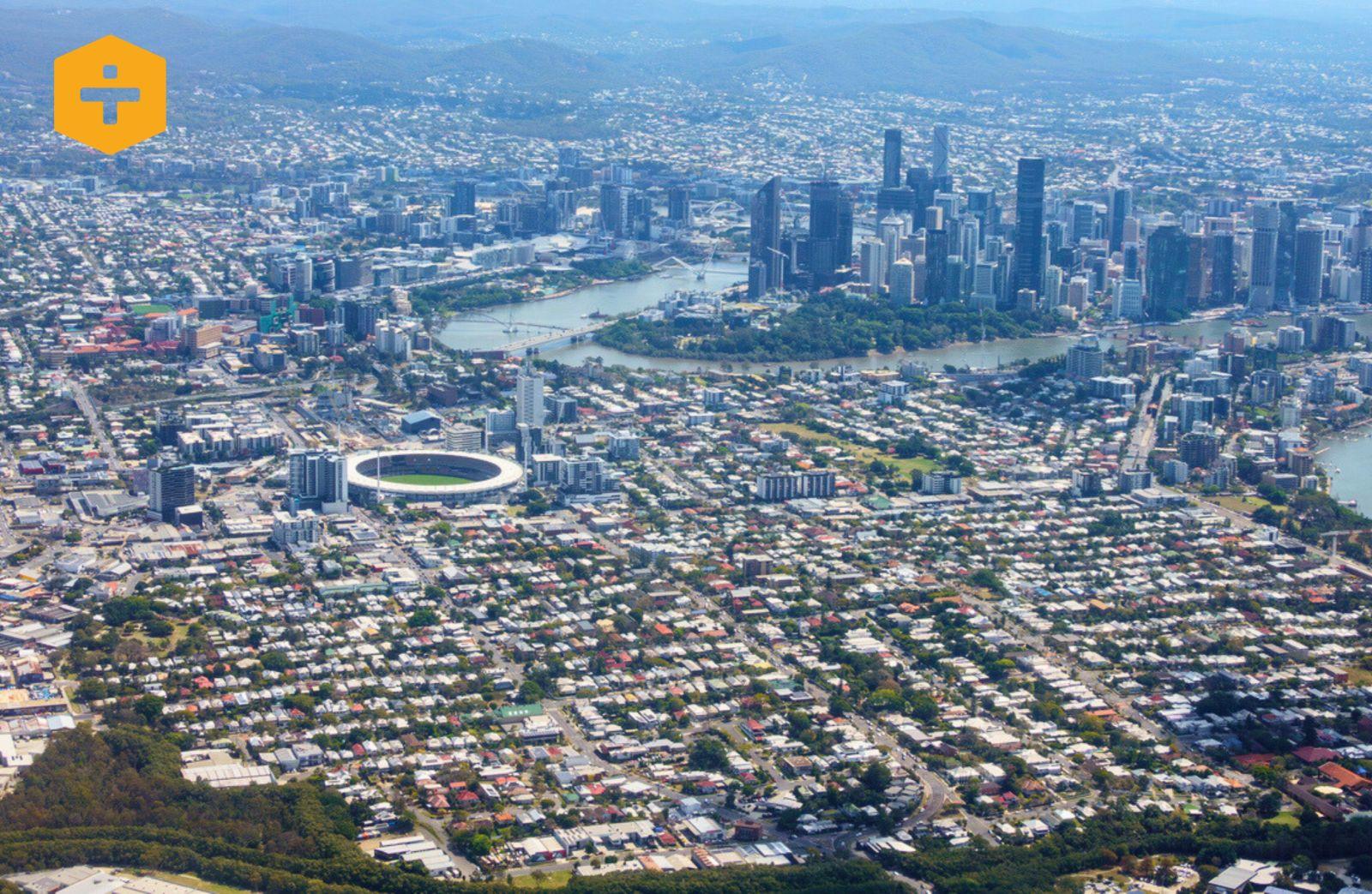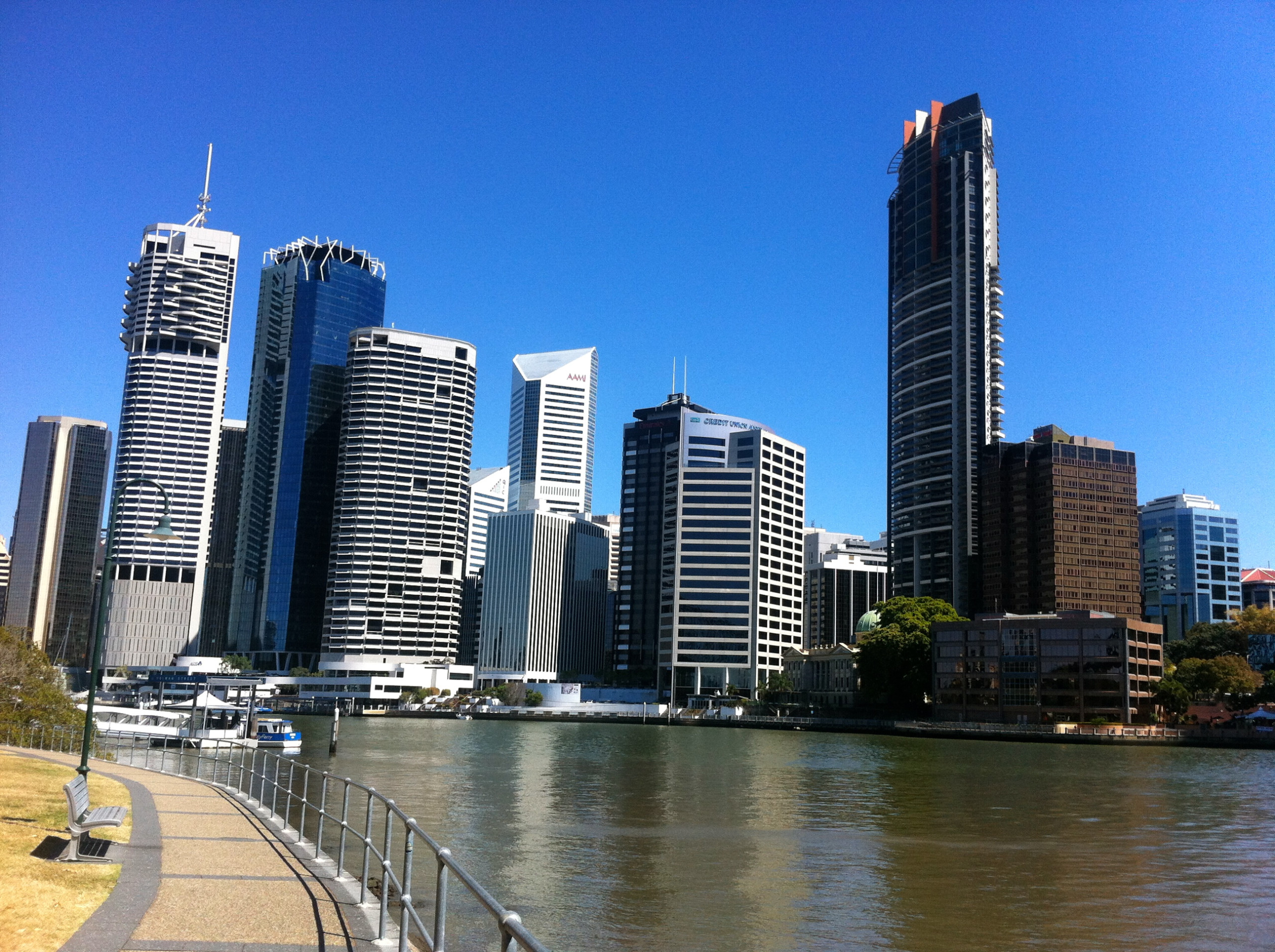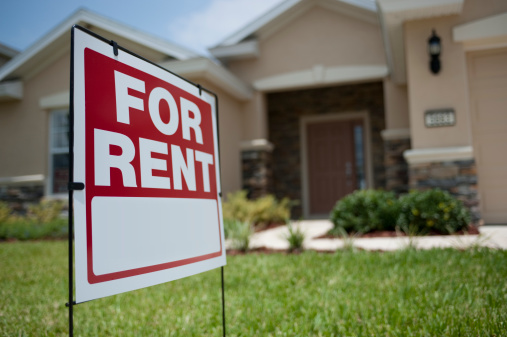[+] Just Do It: Gabba Gone as Govt Refocuses Olympic Plans

Just do it.
That is one of the world’s most recognisable sporting slogans but with the stopwatch ticking it also has become a fitting catch cry for Brisbane’s preparations for the 2032 Olympics.
Or translated into more colloquial parlance: Just bloody get on with it.
Two years and eight months since Brisbane officially won its bid to host the biggest sporting event on the planet, that is the overarching call from Queensland’s property development sector.
And clearly, Queensland premier Steven and his Cabinet knew there was no more time to waste—not to mention a looming state election.
After a 60-day independent review of the city’s polarising multibillion-dollar Olympics venue masterplan, the State Government has decisively fired the starter’s gun on a finalised Games infrastructure blueprint.
In doing so, it has rejected the key recommendation of the review panel—led by Brisbane’s former lord mayor Graham Quirk—that a new centrepiece $3.4-billion, 55,000-seat stadium at Victoria Park in the city’s inner-north is the “best outcome”.
As well, it has opted to ignore the finding that a planned $1billion-plus upgrade of the Queensland Sport and Athletics Centre (QSAC)—the site of the 1982 Commonwealth Games previously known as QEII Stadium—did “not represent value for money” or provide “significant legacy benefit”.
Instead, it has pulled the trigger on a Games program of works that includes a commitment to upgrades of QSAC at southside Nathan and, significantly, the 52,500-seat Suncorp Stadium.
Still known to many rugby league diehards as Lang Park, the stadium at inner-city Milton will be where the Olympic flame is lit, staging both the opening and closing ceremonies.
“Suncorp Stadium will become our Olympic stadium,” Miles said. “It’s already our busiest venue.

▲ Queensland Premier Steve Miles speaks to the media about his government’s response to the Games review. Image: Jessica Moloney
“I’m biased but I’ve always thought it’s the best rectangular field in the world, and with this we can make it even better.”
Both options were flagged in February by International Olympic Committee (IOC) vice president John Coates, who also threw his weight behind calls for a proposed rebuild of The Gabba stadium to be abandoned.
The Olympic powerbroker’s wishlist has certainly been satisfied.
The Gabba, however, will live on—albeit no longer as the main Olympic stadium—with a proposed refurbishment comprising “vital maintenance work”.
It was public backlash over the cost blow-out—from $1 billion to $2.7 billion—for the historic stadium’s planned redevelopment that in January prompted the newly-appointed Queensland premier to pause the Games pipeline pending a 60-day review.
Under the review, the real cost was calculated at $3 billion to $3.4 billion and it recommended the Gabba be demolished and the site repurposed after a new Victoria Park stadium was built.
In cementing the foundations for the city’s Olympics venue infrastructure, the State Government has adopted 27 of the 30 recommendations from the review.
“Just not the big one,” a bemused but pragmatic Quirk pointed out, referring to the ruling out of the review’s recommended option of constructing a new “world class” stadium at Victoria Park.
“But it’s not my place to comment on what the government decides.”
According to the review, construction of a new Victoria Park stadium would have been only “marginally more expensive” overall than a Gabba rebuild—including displacement costs for the AFL and cricket—but would have delivered a tier one, state-of-the-art sporting venue.

▲ Former Brisbane Lord Mayor Graham Quirk and the Gabba.
Despite the rejection of its most significant recommendation, Quirk said the review panel had “done what it had been engaged by government to do”.
“And we’ve done it with an eye to what provides the best legacy, the best value for money and the capability of facilities being able to be built in time for the Games.”
Notably, however, he added: “At some point in time, the Gabba will reach the end of its natural life and, when it does, a new site will need to be found.
“So, if nothing else, this report may have given a hint to the future. But that will be up to the government and the community to determine at that time.”
A disappointed Peter Edwards, the director of architecture firm Archipelago that submitted the alternative Victoria Park Olympics proposal, said the State Government’s “lack of vision is something we will deeply regret”.
Under Edwards’ plans, the former public golf course—1.5km north of the CBD—at Herston would have been transformed into a 90ha sporting, events and knowledge precinct.
“What we will inherit in 10 years, and the kind of Brisbane that we intend to pass down is now bereft of any vision,” he said.
“It’s gob smacking that we were on the cusp of such a large moment and were so timid, instead of grabbing it and providing leadership and vision, which is what we need.
“The government has not been able to find the political will to be strong about that vision for 2032 and capitulating like this is incredibly disappointing.

▲ Archipelago director Peter Edwards and a render of the Victoria-Park-based plan rejected by the government.
“We’re not going to get the city of our dreams from this process.”
Nevertheless, Brisbane will get one new significant piece of social infrastructure from the review’s recommendations.
The $2.5-billion, 15,000-seat multi-purpose indoor Brisbane arena, previously earmarked for above the new Cross River Rail station at Roma Street, will be built. In a bid to cut costs, however, it has been relocated to nearby parkland.
Last week, Brisbane-based event management maestro Harvey Lister—the mastermind behind the Roma Street indoor arena concept—spoke about the Olympics and warned: “We can’t screw it up. We have an obligation not to”.
The Asia Pacific chairman of ASM Global—a company with a worldwide portfolio of more than 300 venues—also revealed to The Urban Developer that thought was being given to upgrading the 52,500-seat Suncorp Stadium to a 60,000-plus capacity.
“I don’t see the Olympic Games for this city or any city as actually being the finishing line … cities need to be looking forward and building for the future,” Lister said.
Other recommendations from the review adopted in the government’s cut-price Games venue blueprint include not proceeding with an indoor sports centre on the Albion Park Raceway site near Breakfast Creek and scrapping proposed upgrades to the Toowoomba Sports Ground.
Delivering the details of the government’s refocused Olympics masterplan, Miles said he agreed with “most of what [the review panel] found”.

▲ Suncorp Stadium will be the home of the Olympic Flame and host the opening and closing ceremonies.
“On my first day as Premier…I initiated this review because Queenslanders told me that they did not want to spend $2.7 billion knocking down [the Gabba] and I was hopeful that the review would find a better option.
“You will have seen that the panel has recommended a new venue at up to $3.4 billion at Victoria Park.
“I know that I said I would do what the review panel recommended.
“But I cannot support the option that they have landed on. When Queenslanders are struggling with housing and other costs, I cannot justify them spending $3.4 billion on a new stadium … so I am ruling [that] out.”
He added that the demise of the Gabba was “something we couldn’t accept for such a beloved venue”.
“And while the concept of a new stadium at Victoria Park has merit, the uncertainty around final cost means it is unfortunately not an option.
“I am supporting the proposal that was put forward by [John Coates] in his submission. That proposal gives us three upgraded stadiums and the arena, all within the existing funding.
“And let me assure you this. Brisbane is going to put on the best-ever Olympic and Paralympic Games.”
However, there is still a way to go before shovels hit dirt.
The finalised $7.1-billion portfolio of venue infrastructure is now subject to due diligence, consultation with the Federal Government and other partners as well as approval from the Brisbane 2032 Organising Committee, the IOC and the International Paralympic Committee.
It is proposed an independent authority will be established by mid-2024 to oversee the delivery of the venue masterplan.
Asked by The Urban Developer for a comment, high-profile south-east Queensland developer Don O’Rorke cut to the chase.

▲ Develper Don O’Rourke: Just get on with it.
“The overarching message has got to be just get on with it,” the Consolidated Properties Group boss said. “We’ve churned up two years and not done anything. Let’s just get on and do it.
“We’ve got to pin it down because the construction industry is in crisis.
“Two-and-a-half thousand builders and subcontractors went broke last year, so there’s significant pressure on capacity to deliver.
“Therefore, we need to at least have an orderly rollout of construction to give our diminished industry the best chance of most effectively delivering the Olympic build, the state build and the private build.
“And the longer it drags on, the more things will need to be done in less time and the pressure will increase exponentially.
“At least now, we’ve got eight-and-a-half years to deliver it. But let’s just get on and do it so we can use all of that available time.”
Quirk agreed, citing that the review’s recommendations had been focused on “making sure that decisions are made early”.
“Things that are ready to go to procurement ought to get out there quickly so that we start the pipeline of build.
“The longer this goes on, the higher the costs will be.”
*This post was originally published on https://www.theurbandeveloper.com/articles/brisbane-olympic-games-review-gabba-suncorp-qasc?utm_source=TUD+-+Daily+Briefing&utm_campaign=078b8b92cd-EMAIL_CAMPAIGN_2021_08_11_01_49_COPY_01&utm_medium=email&utm_term=0_982c36d415-078b8b92cd-195663826




